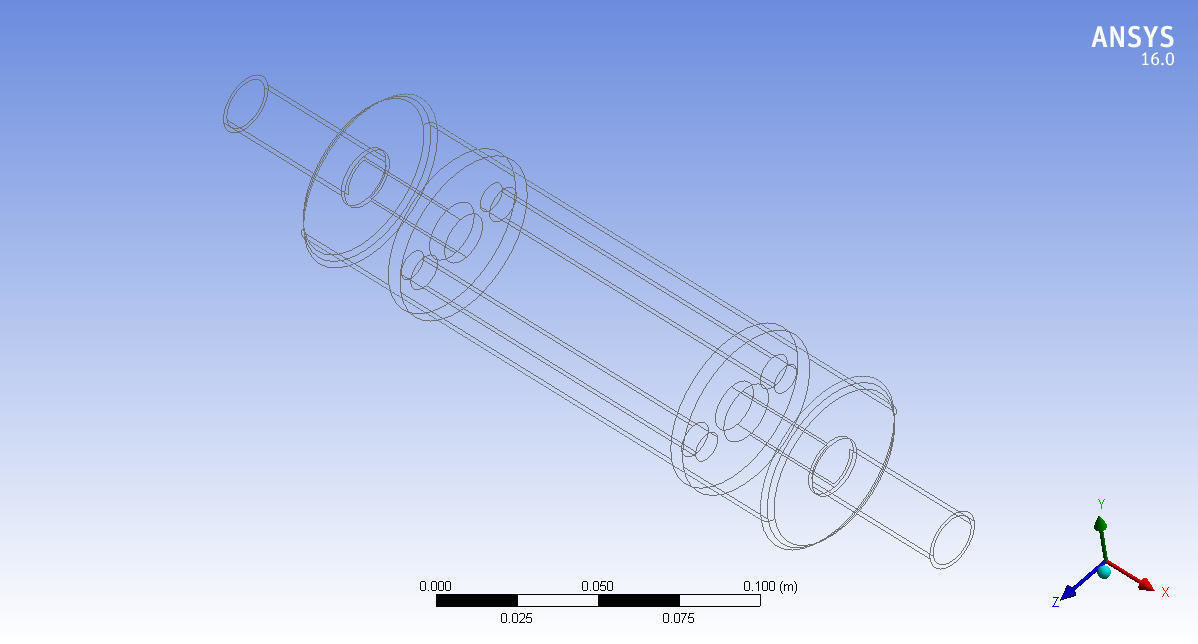
Muffler 3d model mechanical object 3D model
A muffler is a device in an internal combustion engine's exhaust system designed to reduce noise and emissions. Here's how it works:
Functions of a MufflerNoise Reduction:
Sound Waves: Mufflers use a series of chambers and baffles to disrupt sound waves produced by the engine. This helps to dissipate noise before it exits the tailpipe.Absorption: Some mufflers contain sound-absorbing materials that help to further reduce noise levels.Exhaust Flow Management:
Pathway Design: Mufflers are designed to direct exhaust gases through various paths, which can affect the back pressure in the system and optimize engine performance.Pressure Regulation: Proper design ensures that exhaust gases flow efficiently, maintaining the necessary back pressure for optimal engine function.Emissions Control:
While primarily for noise, mufflers also help in reducing the emission of harmful gases by ensuring that the exhaust system works effectively with catalytic converters.Types of MufflersReflective Mufflers:
Use sound wave reflection to cancel out noise.Absorptive Mufflers:
Contain materials that absorb sound rather than reflecting it.Turbo Mufflers:
Combine both reflective and absorptive designs for a balance of noise reduction and performance.SummaryOverall, a muffler is essential for maintaining a vehicle's quiet operation and effective exhaust system performance, contributing to a smoother and more environmentally friendly driving experience.



